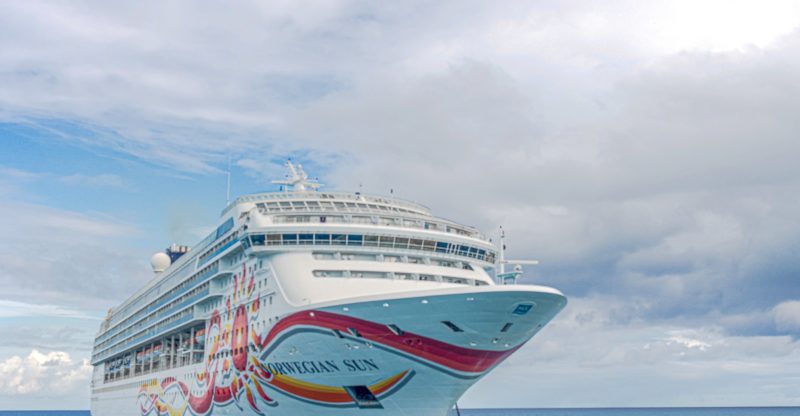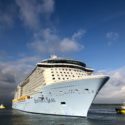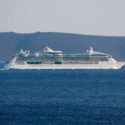VESSEL DEVELOPMENT
The development of the maritime industry has been inextricably linked to global events that have shaped history. Ship design and the shipbuilding process are no exception to this changing behavior.
The ship design process has come a long way from ancient Egyptian tube boats or even Greek triremes. Even if we limit ourselves to the recent past, we will see that there has been a constant improvement in ship design. This trend is, of course, expected to continue in the future. As technology advances and the ship’s efficiency increases, the ship’s design continues to change in a subtle but unmistakable way.
Here we see how ship design has evolved over the years, the events that have shaped the design process, the different aspects of ship design that need to be considered, and the challenges that need to be addressed.
Early development of ship design
In ancient times, the design of a boat was primarily classified as the design of cargo or warships. The structure is changed accordingly depending on the application. The warships were lighter, faster, and large enough to accommodate soldiers. Cargo ships were larger, slower compared to them and were designed to store goods in large quantities.
Before the advent of aircraft, navigation techniques were an important part of ship design. Wind and weather conditions in the area have created unique features in the design of local ships. The hull and stern, the types of sails used, the rigging method, several masts and many other small but significant technical advances were introduced as people increasingly ventured out into unknown oceans.
Then, of course, came the world revolutions that changed the course of ship design forever.
Global events affecting ship design
The introduction of the steam engine was a major breakthrough in ship design. The use of high pressure steam made the ships more efficient. In addition, dual and triple expansion motors have been put into practice, which has improved mobility efficiency. The Industrial Revolution saw significant changes to increase the production of watt motors, which affected the ship’s design process.
World War I was a demonstration of the Titanic scale, in which large-scale use and development of ships took place in naval warfare. HMS Dreadnought was one of today’s most advanced weapons. This transition before Dreadnought-Dreadnought had a profound psychological impact on the psyche of soldiers and became a decisive factor in the Allied victory decision.
Similarly, during World War II, there was an evolutionary change in ship design. Many of the ships that survived World War I were transferred to seaplane operators during World War II. In addition, they also had longer hulls to improve speed and protect the hull from damage.
New navigation and communication methods have been developed on all digital fronts. Longer hull lengths led to the need for more powerful engines, which in turn increased engine design.
It is safe to say that the world’s greatest conflicts have led to a major change in ship design globally and have largely affected various aspects of design.




